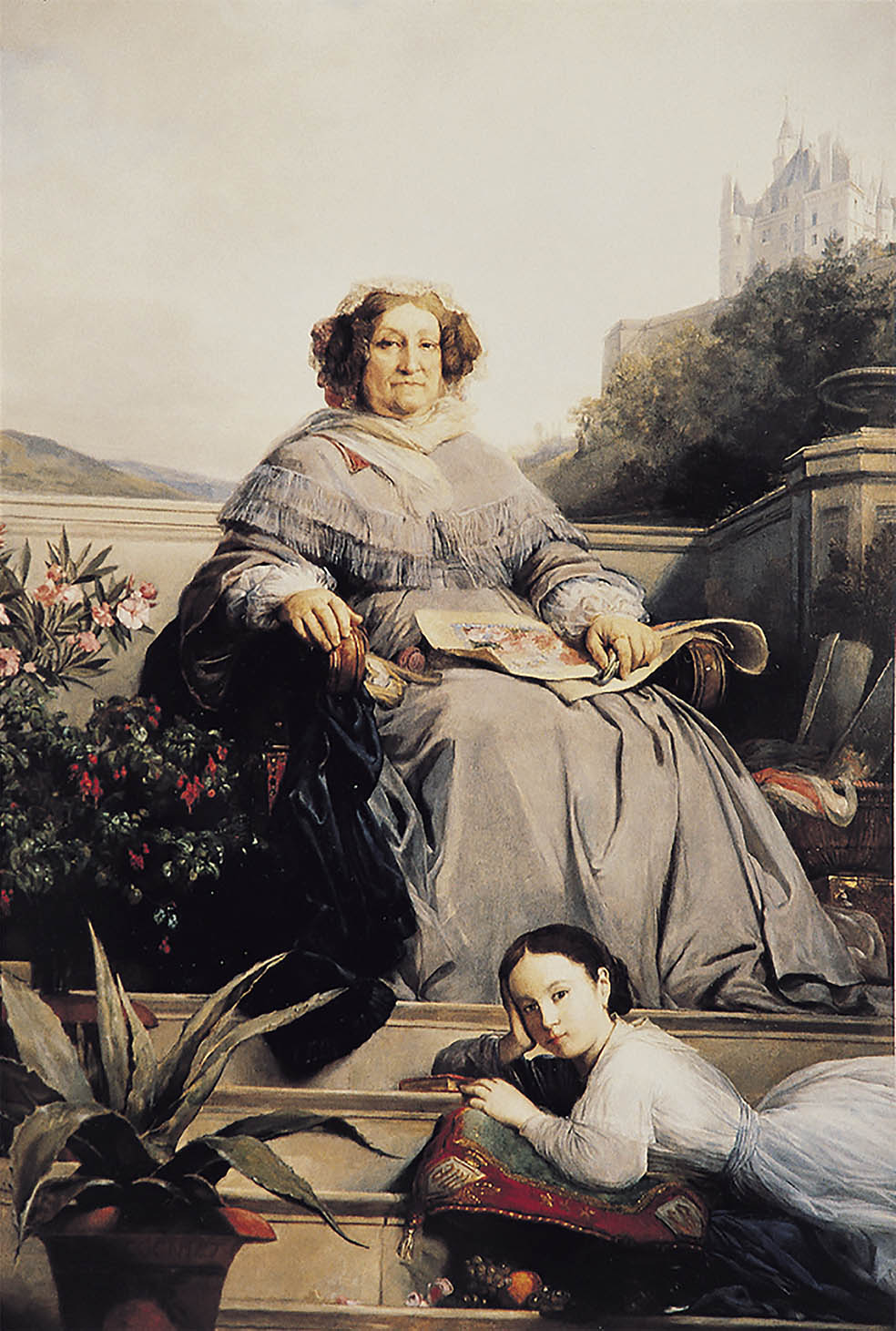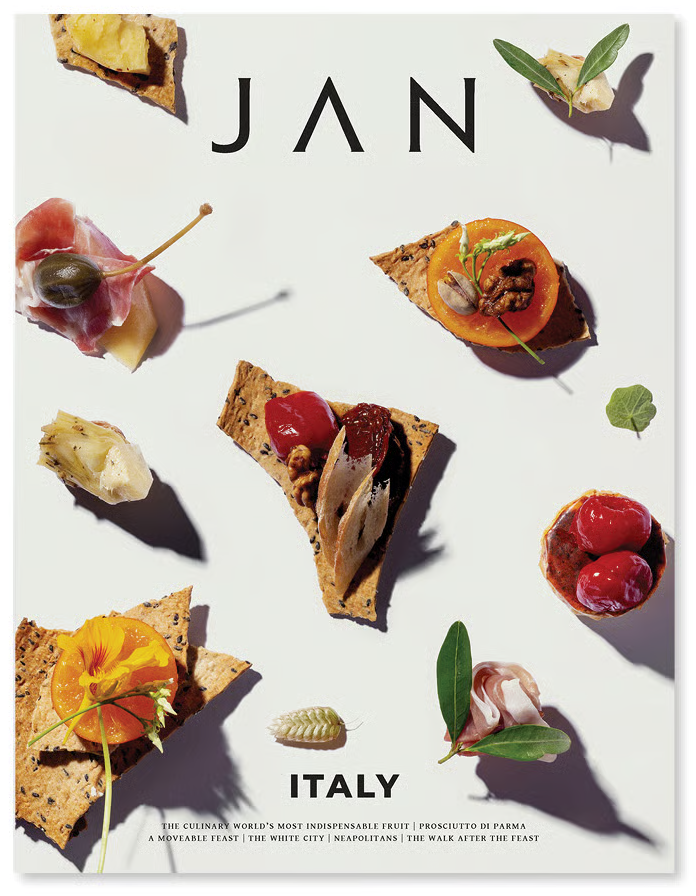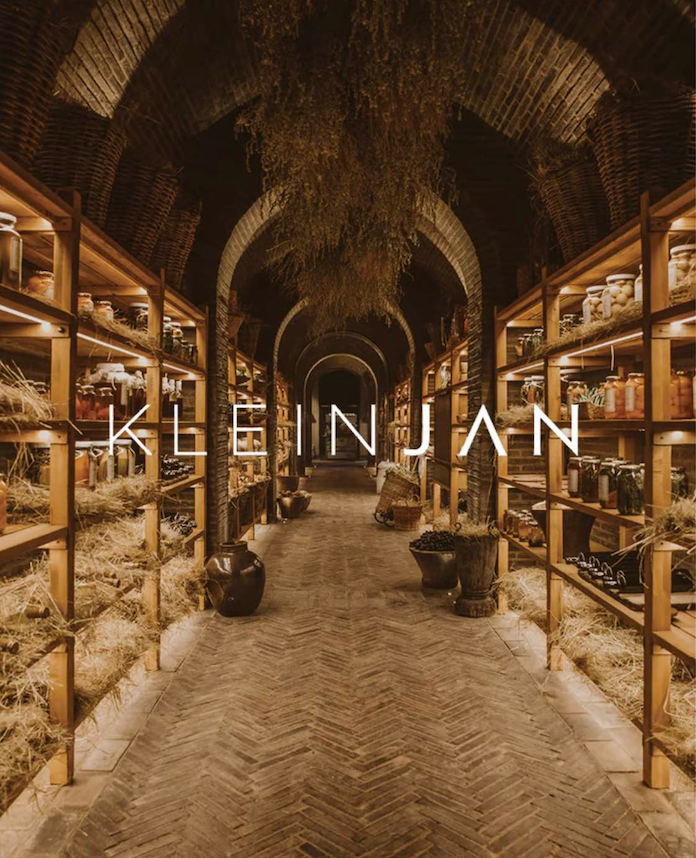The Daring Widows of Champagne
“Initially, she found herself in a stupor of grief. Next came the rush of friends, family and loved ones. The sound of steps, hushed sadness, concern, condolences, the funeral, muffling her in a hubbub of activity. One by one, the visitors went home. Barbe Nicole Ponsardin was left alone in her empty and silent house. She walked towards the window and rested her forehead against the glass.”
From Madame Clicquot The Novel

Nowhere else in 19th century France did women enjoy the kind of power they did in Champagne. That is to say, not unless they were extraordinarily rich, and widowed. Barbe Nicole Ponsardin was born in 1777, five years after her future father-in-law, Philippe Clicquot established the Clicquot wine trading company. At the tender age of 21, she married François, his son, in 1798. Having had already lived through the French Revolution, she would very soon see the rise of a new emperor that would send her country down an altogether new path.
But just one year after the coronation of Napoleon Bonaparte in 1804, Francois died of a fever at the age of 30, leaving his young wife of 27 a widow, and his 6-year-old daughter fatherless. At the time, wealthy widows were expected only to raise their children. After all, they had very few options, as women were classified as minors under French law, rendering them unable to hold their own bank accounts. But there was more to this young widow than met the eye.
The odds were exceedingly stacked against her. Her grieving father-in-law was intent on selling the company, so to keep it, she had to prove to him that she had what it took to run the business by herself. What’s more, France stood on the eve of the Battle of Trafalgar, the ripples of which were already being felt in the trade sector, particularly by the Champagne houses, whose clients were predominantly foreign.
Barbe Nicole somehow convinced Philippe to hand her the reigns of the Clicquot business, becoming the first female champagne producer, and the first woman to take control of a major champagne house; launching her own company, Veuve Clicquot-Ponsardin in 1810. But her next move would make or break the business she had fought so hard to get – and called for some fancy footwork on her part. Driven by her impeccable marketing instincts, she looked abroad.
With France still in the final grip of a trade lockdown, she took a massive shipment to the Russian border in a shroud of secrecy. At the first sign of peace, hers had to be the first champagne to reach the Russian aristocracy. By great good fortune – and a great deal of chutzpah – her vision was realised, and the precious cargo was disseminated to the palaces of the tsars.
The wait must have been excruciating, but her gamble proved a triumph. In fact, the Clicquot name became synonymous with champagne in Russia after Alexander I declared that he would henceforth drink nothing else. Legend even suggests that sabrage – the act of opening a bottle of sparkling wine with a saber – started with Russian army officers.

The Widow Clicquot became La Grande Dame du Champagne, and ever driven by her marketing prowess, she bestowed on her company the motto, “Only one quality: the finest,” establishing a few house rules in the process:
· Prices would never be cut, even in times of crisis.
· Even when the company could not deliver on a full order, the client would have to wait for the next vintage (which they did happily).
· No product that did not meet her exacting standards would ever be allowed to leave the estate.
· No advertising will be paid for. Instead, she would befriend her own network of journalists to inform the public about where Veuve Clicquot was served.
Although the story of Madame Clicquot is perhaps the most publicised, she was one of five famous champagne widows. At the same time as she was fighting for control of the Clicquot business, another recent widow, Apolline Henriot, spearheaded the transition of her father’s vineyard, Champagne Henriot, from a small private Champagne supplier into a large-scale producer. In her later life, Madame Clicquot might also have crossed paths with Jeanne Alexandrine Louise Pommery, who lost her husband in 1860 when she was 38, two years after the former wool magnate had established a new wine business. The Pommerys had two children together, 17 years apart, and Louise had to fight to keep the business afloat.
In a decision as confident as it was swift, she moved the business model from still red wine to sparkling white. Driven by her philosophy of qualité d’abord (quality first) and her hugely competitive nature – always with one eye on Clicquot – she capitalised on the largely ignored English market at the time. Thanks to the years she spent at boarding school in England during her youth, she knew their taste intimately, and knew that they liked their bubbly to resemble their collective sense of humour; delicate, fine, and dry. Under no circumstances sweet. And so, her 1874 vintage took Victorian London by storm, and established Pommery as the undisputed pioneer of dry-style champagne, which is the dominant style today.
When Eugène Laurent passed away in 1887, his widow Mathilde Emilie Perrier took over the business, combining their family names to establish Veuve Laurent-Perrier & Cie as one of the Champagne region’s pre-eminent houses. She steered the company into the 20th century – and through two world wars – until the family eventually sold the business to Marie-Louise de Nonancourt in 1939.
By then, the Bollinger name had been well established. But when Lily Bollinger lost her husband Jacques in 1941 during the Nazi occupation of France, she took charge, catapulting the house to legendary status. In growing the business, she acquired various new vines over the years and in 1961, created the recently disgorged (RD) style of making champagne. During second fermentation, RD wine is aged on the lees for a longer period than usual (between 30 and 60 months), which improves the quality of the wine, lends it complexity, and gives it a fresher taste than wine that has been aged on cork.
Known for her silhouette crossing the vineyard in her Sunday best on her bicycle, Lily is perhaps most famous for the words: “I drink Champagne when I’m happy and when I’m sad. Sometimes I drink it when I’m alone. When I have company, I consider it obligatory. I trifle with it if I’m not hungry and drink it when I am. Otherwise, I never touch it – unless I’m thirsty.”
The Champagne widows undoubtedly paved the way for women winemakers in the region, but until recently, female winemakers were still considered an exception to the rule – both in France and abroad. Today, the number of female Champenoise winemakers can barely be counted on two hands, which is discouraging considering that the region boasts in excess of 5000 winemakers.
But at the same time, 40% of students studying oenology at the University of Bordeaux are women, and every year, more and more women are joining the ranks of cellar master; a trend that is echoed across the wine-producing world, including South Africa. There are even those who believe that women are better equipped than men to bring out the subtleties in sparkling wine, but that is a conversation better left for a philosophical evening of conversation, canapés, and Champagne for everyone.














